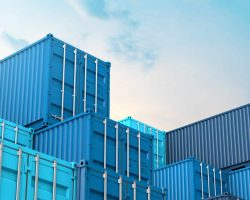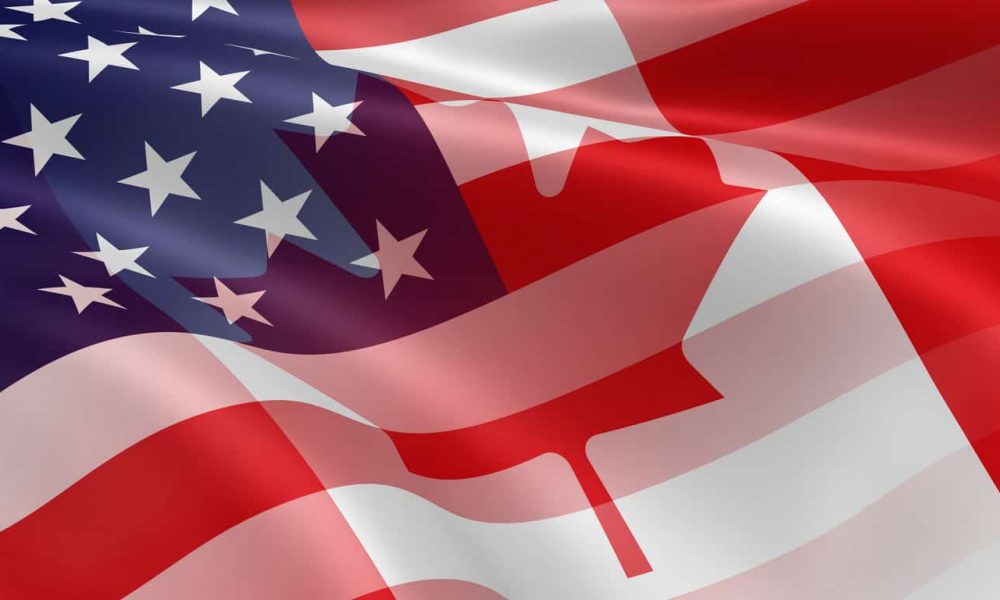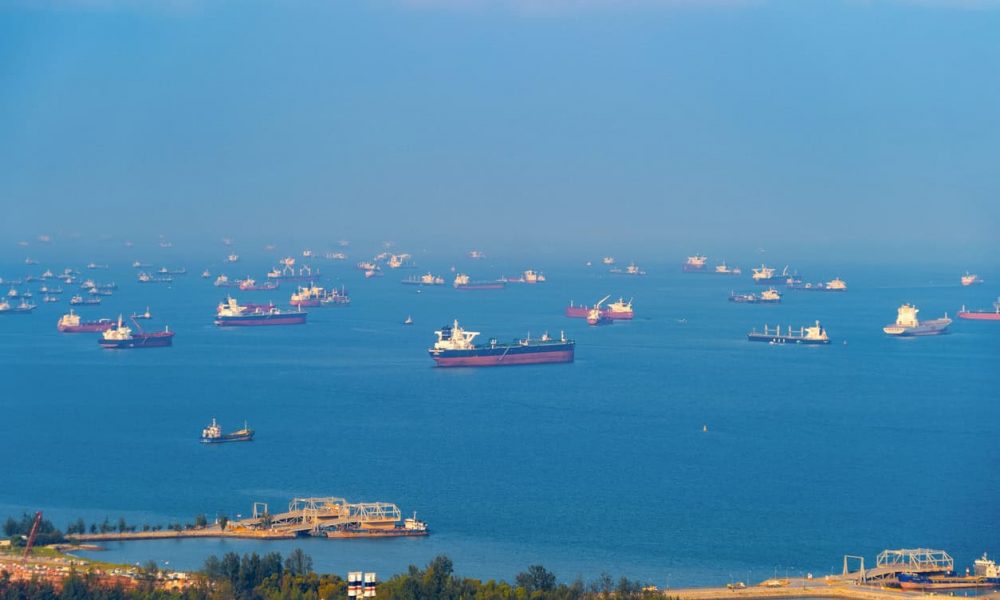Any company that uses ocean freight needs to know what has happened to the container shipping market in recent years. The big news is that weak demand and over capacity forced Hanjin Shipping Co, South Korea’s largest ocean carrier, into bankruptcy. Other major shipping lines are trying to restore the supply/demand balance by scrapping vessels or merging with competitors.
The remaining shipping lines have implemented a strength-in-numbers strategy that has led to the formation of three alliances:
- 2M Alliance: Maersk, MSC
- THE Alliance: NYK, MOL, K Line, Yang Ming, Hapag-Lloyd (with UASC)
- Ocean Alliance: CMA CGM, Evergreen, OOCL, COSCO Shipping
The three alliances control just over 75 percent of global container capacity and almost 100 percent ofeast-westtrade, which has raised concerns about the lack of competition and the potential for higher rates, imposed to return the remaining shipping lines toprofitability.
Another area of concern is declining service levels, a direct result of cost cutting and efficiency measures being adopted by virtually all shipping companies. Simply put, fewer ships are visiting fewer ports, which means ocean freight will move slower than it did when there were more shipping lines – and more competition to getbookings.
We can help you adapt by:
- Assessing whether your current shipping arrangements need to be changed because your existing carrier is no longer visiting the same port or goes to an intermediate location before it arrives at your destination
- Evaluating how carrier alliances are affecting your costs and transit times (i.e. a switch to another port could increase your land transportation costs)
- Offering cost saving options
See what we can do for you by requesting a SMART Freight Review, a free, no obligation review of your freight spending that could help you save thousands of dollars – or more.



















